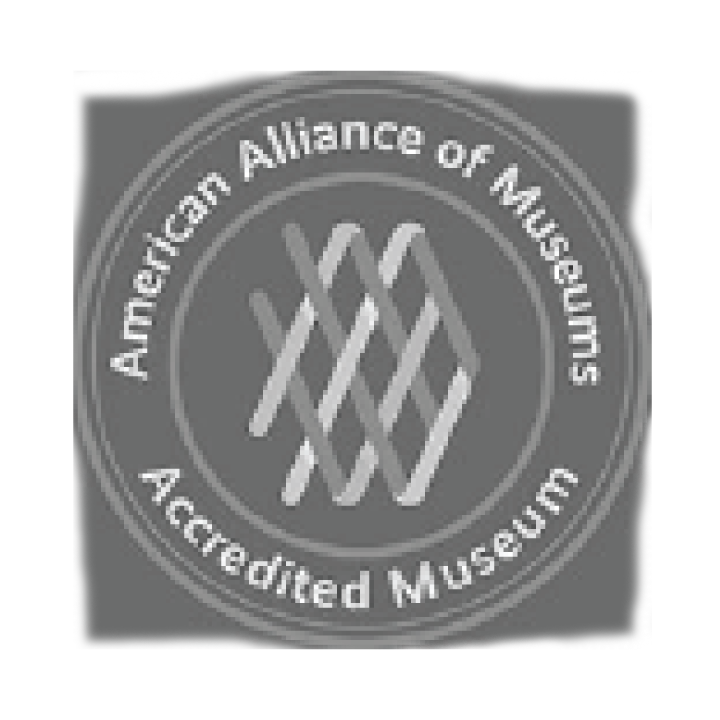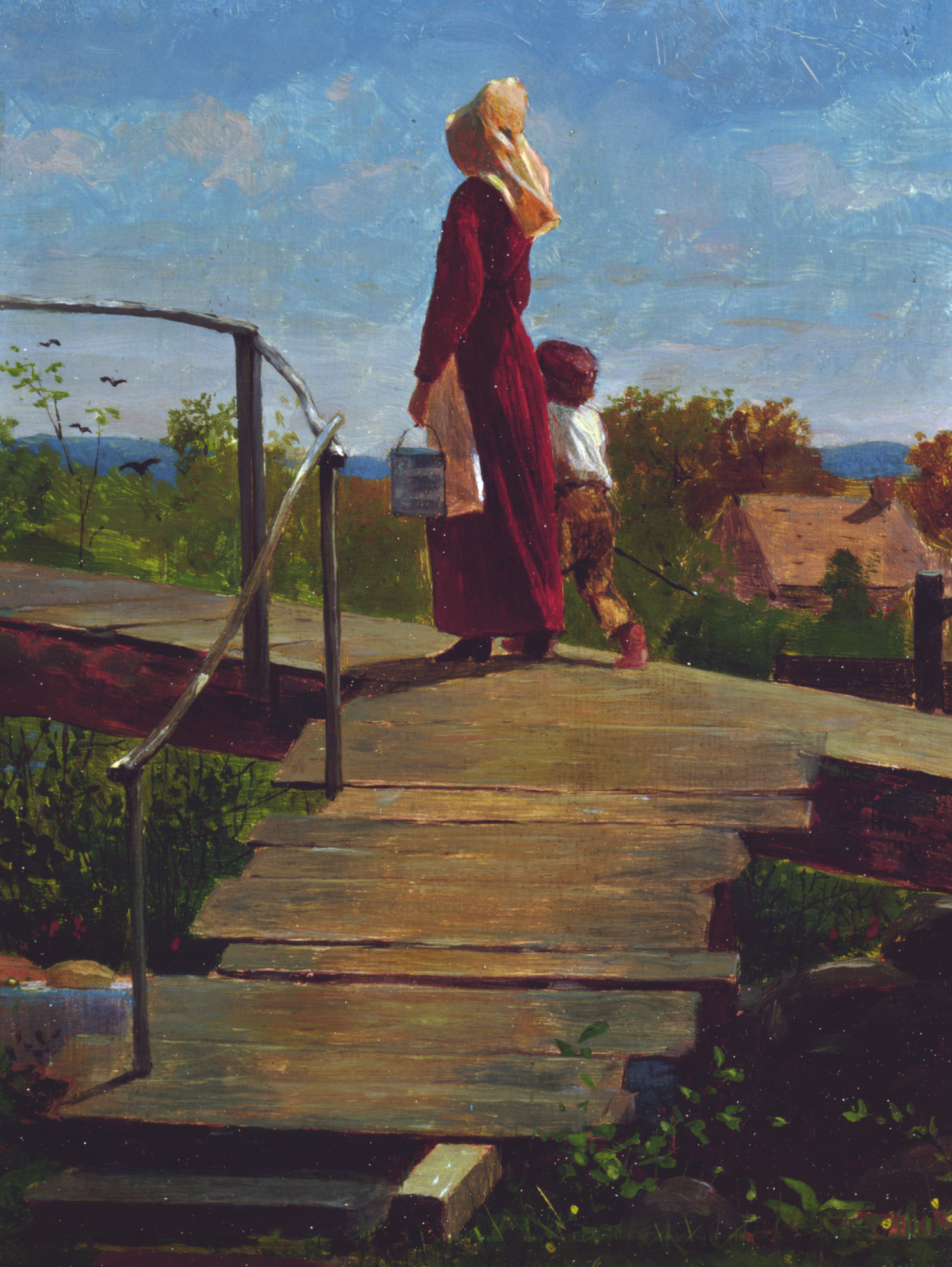
The collection of the Lauren Rogers Museum of Art consists of five specialized collections: American art, European paintings, Native American baskets, Japanese Ukiyo-e prints, and British Georgian silver. One of the largest of these is our collection of American paintings, sculptures, and works on paper. The core of the collection is a group of 19th and 20th-century paintings donated by Lauren Chase Eastman, the grandfather of Lauren Rogers, in the 1920s and 1930s. Some of our most important works came from this astute collector, and many other important works were donated by Lauren Rogers’ parents, Nina and Wallace B. Rogers. These collectors focused on the landscape and portraiture traditions which have been such an important part of the history of American art. Most of the works are intimate in size, reflecting their origins in private collections, which were on display in private homes.
Landscape paintings in the Museum collection date primarily from the late 19th century onward. The Museum owns late examples of Hudson River School painting, the first group of painters to exclusively focus on and celebrate the American landscape. Artists such as John Frederick Kensett and Albert Bierstadt, whose works are on display in the American gallery, are typical of this movement. These artists were inspired by the Romantic movement in art and literature and strove to glorify the wonders of nature through their art. The American Impressionists of the early 20th century used the image of the landscape as a means of personal expression as well as a vehicle for exploring the medium of painting itself. Artists like John Henry Twachtman chose to portray intimate settings and quiet places in his pictures, some of which border on the abstract in their painterly quality and emphasis on color and light over form and drawing. Since the 1930s, the Museum has added more modern landscape paintings, particularly by Mississippi artists like Marie Hull and William Dunlap. We continue to build on this fine collection of American landscapes.

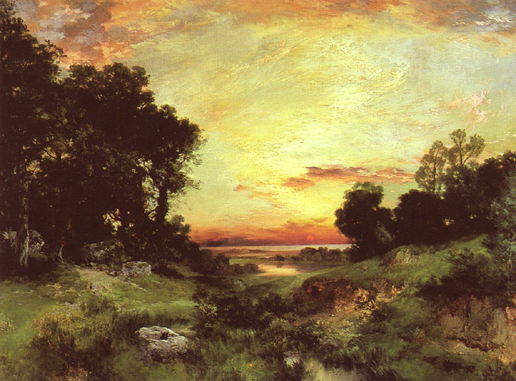
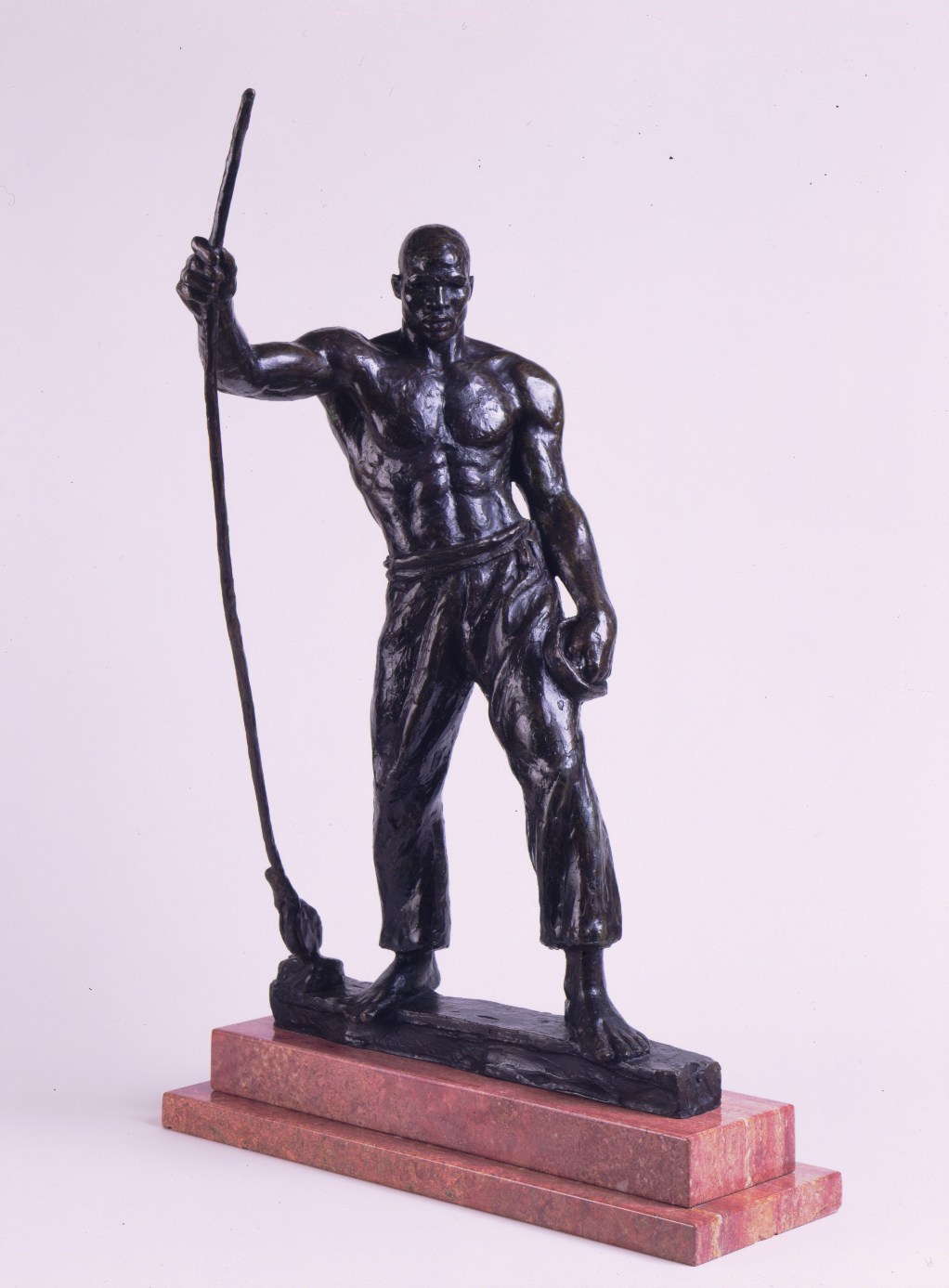
The second major tradition in American painting is that of portraiture. Our two earliest American pieces are two portraits by Benjamin West painted before the American Revolution. American colonists, a practical people not given much to luxury or ostentation, were not great patrons of the arts. As a result, our earliest paintings by an American were actually painted in England. There were no art schools in the United States, so West had to travel abroad to get art training, and so few Americans could afford the luxury of portraits that he had to stay in London in order to make a living as an artist. By 1800, however, artists such as James Peale, whose Portrait of Nicholas Brewer often hangs in the American Gallery, were able to make a living painting portraits for the rising middle classes. By the middle of the century, portraits were available to almost all Americans, either in the form of commissioned paintings or the increasingly affordable medium of photography.
Many artists after the middle of the 19th century painted portraits that were not so much about the identity of the sitter as the identity of the painter. Artists such as Robert Henri painted The Brown Wrap in his signature painterly style, and while it is a lovely portrait of his wife, her name does not appear on the painting. The painting tells us as much about Henri’s style as about his wife’s appearance. This is a painting which was not commissioned, nor did it serve as documentation, unlike many earlier portraits. The third important type of painting in 19th-century America was genre painting, which are scenes of everyday life. Winslow Homer’s Fisherman’s Wife, donated by Lauren Chase Eastman, is an important example by perhaps the most important genre painter in the American canon. Eastman Johnson’s Piccolo Player, purchased in recent years, was an important addition to our relatively small collection of genre pictures.
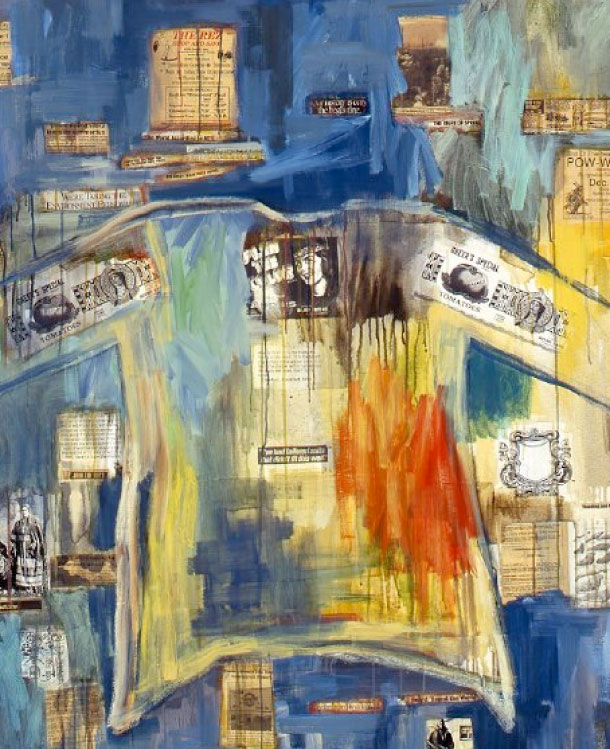
These three types of painting serve as the basis of American painting tradition, but the LRMA collection of American art is more than just paintings. Building on the original donation, through gift and purchase, we have added many works by 20th-century artists, including prints, drawings, and sculptures. We add to the collection selectively, adding works by artists and styles not yet represented in the collection and which meet the high standard of quality established at the founding of the Museum. Over the decades, important additions have been made in the areas of figurative sculpture, African American artists, and Mississippi artists. Many works from the permanent collection remain on display in the American Gallery; works made after 1945 are frequently on display in the Stairwell Gallery.







